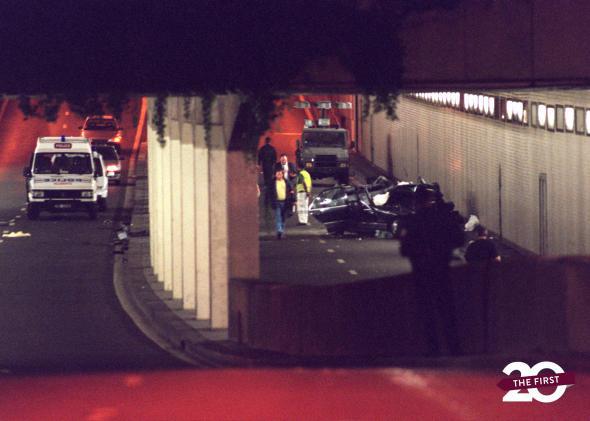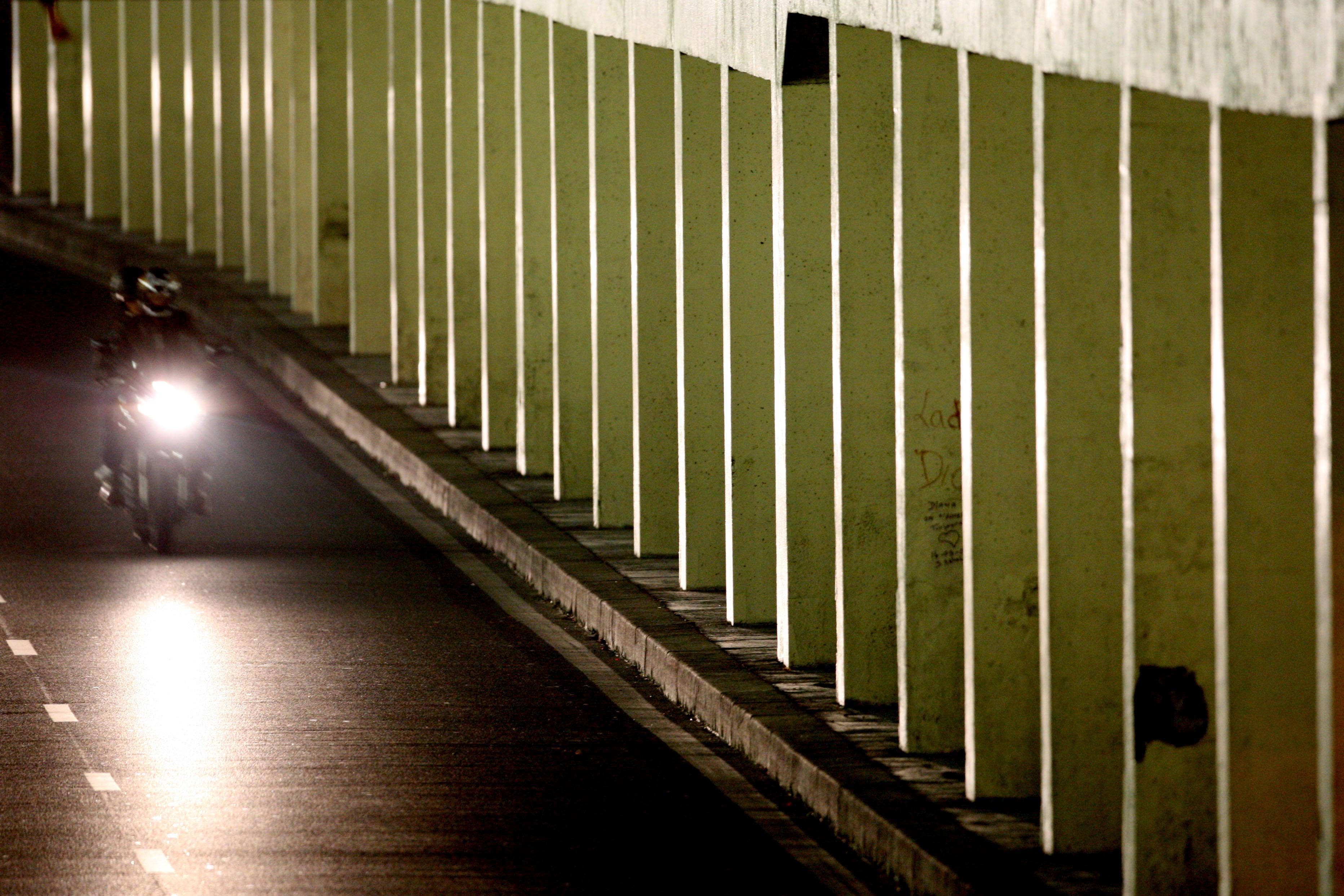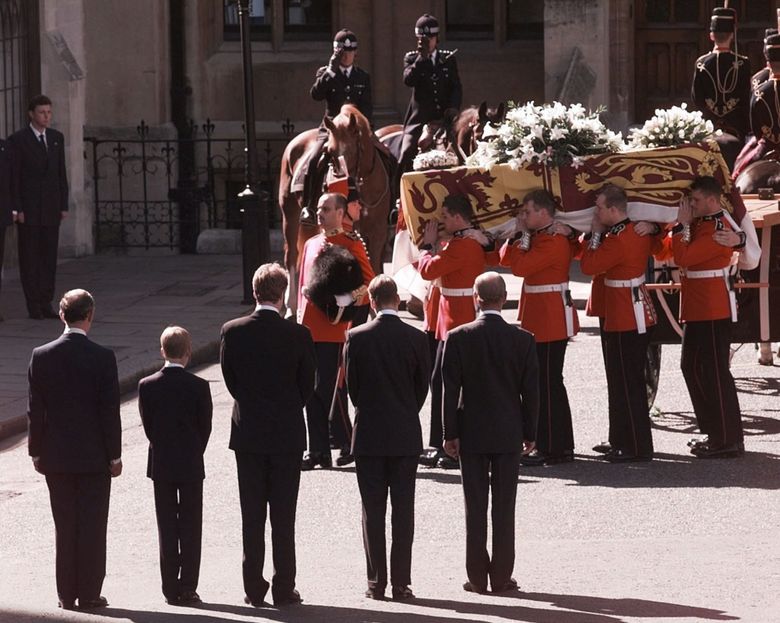“The Palace Lied!” — The Surgeon Who Tried to Save Princess Diana Finally Speaks After 28 Years

For nearly three decades, the world has lived with unanswered questions about that night in Paris — August 31, 1997 — when the brightest light of the British monarchy was extinguished in a tunnel. Princess Diana, adored around the globe as “The People’s Princess,” died following a devastating car crash beneath the Pont de l’Alma. Official investigations came and went, rumors flourished, and conspiracy theories became folklore. But now, after years of silence, the man who held Diana’s life in his hands has spoken.
Dr. Moncef Dahman, the emergency surgeon who fought to save her, has finally shared the truth — and it’s heartbreaking.
A Night That Changed the World
It was a humid Paris evening when the black Mercedes carrying Diana, Dodi Fayed, and their driver Henri Paul sped into the tunnel. Pursued by paparazzi, the vehicle struck a pillar at roughly 65 miles per hour — double the speed limit. The sound of twisted metal echoed in the night as flashing bulbs turned into horror. Henri Paul and Dodi died instantly. Diana, unbelted in the rear seat, was gravely injured but alive.
Paramedics found her conscious, whispering in pain. She was treated at the scene, following French emergency protocol, which focuses on stabilizing trauma patients before transport. It took over an hour before the ambulance reached Pitié-Salpêtrière Hospital — just four miles away.
Inside, Dr. Dahman received the call every doctor dreads: an unnamed woman in critical condition, later revealed to be Diana, Princess of Wales.
The Battle for a Life
When she arrived shortly after 2 a.m., Diana’s heart had stopped. Dr. Dahman and his team — including Dr. Bruno Riou and renowned cardiac surgeon Dr. Alain Pavie — fought relentlessly to bring her back. They opened her chest, performed internal cardiac massage, and discovered the unthinkable: a ruptured pulmonary vein, one of the most catastrophic injuries possible.
“She had suffered massive internal bleeding,” Dr. Dahman recalls. “Even with all our efforts, the damage was too severe.”
For over two hours, they worked — suturing the wound, transfusing blood, injecting adrenaline — but the Princess’s body could take no more. At 4:00 a.m., she was gone. “We did everything humanly possible,” Dr. Dahman said quietly. “But fate had already decided.”
The Weight of Silence
For years, the surgeon carried that night in silence. Bound by medical ethics, haunted by memories, he spoke of it to no one. Every August, the anniversary of Diana’s death coincided with his son’s birthday — a cruel reminder of the fragility of life. “It never leaves you,” he admitted. “You don’t forget someone like her — or that night.”
So why speak now? Dr. Dahman says the truth deserves peace. His testimony dismantles many of the myths that have plagued Diana’s memory — that she was pregnant, that she was assassinated, that the hospital mishandled her care. “Her injuries were consistent with a high-speed car crash,” he said. “There was no conspiracy in the operating room — only sorrow.”
Yet, he also acknowledges the systemic flaws: the slow response, the chaos, the delays that have fueled speculation for decades. “Could a faster transfer have helped?” he wondered aloud. “Perhaps not. But those questions will haunt us forever.”
The Theories That Never Died
The public’s hunger for answers turned tragedy into obsession. Some accused the paparazzi of murder; others claimed British intelligence orchestrated the crash to silence Diana before her rumored engagement to Dodi Fayed. Her own letter to butler Paul Burrell — predicting she would die in a car accident — became the centerpiece of conspiracy.
But both the French inquiry and Britain’s Operation Paget concluded the same: it was an accident. Henri Paul’s blood alcohol level was three times the legal limit. There was no evidence of pregnancy, tampered brakes, or royal foul play.
Still, in the public imagination, “accident” never felt enough for a woman so beloved — or a loss so unbearable.
A Legacy That Refuses to Fade
Princess Diana’s death at 36 shattered the world. For millions, it felt personal. Her warmth, her empathy, her refusal to bow entirely to palace protocol made her human — and in being human, she became immortal.
Her sons, Prince William and Prince Harry, were just 15 and 12. The image of them walking behind their mother’s coffin remains one of the most searing of the 20th century. William later said, “It’s a pain like no other.” Harry has spoken openly about therapy, about anger, about the silence that followed.
The monarchy faced one of its darkest hours — criticized for emotional distance until Queen Elizabeth finally addressed the nation. “She was an exceptional and gifted human being,” the Queen said, her voice trembling.
The People’s Princess Forever
Diana’s funeral, broadcast to 2.5 billion people, was not just a farewell. It was a reckoning. Elton John’s rewritten “Candle in the Wind” became an anthem of grief. The streets overflowed with flowers, tears, and unanswered prayers.
Yet even in death, Diana’s light endured. Her campaigns — for HIV awareness, against landmines, for the homeless — reshaped global compassion. She hugged AIDS patients when others feared to touch them. She knelt beside landmine victims in Angola. She listened to those no one else would.
Today, her sons continue her work — William through homelessness and mental health advocacy; Harry through veterans’ causes and global outreach.
And now, with Dr. Dahman’s words, the world is reminded that beyond the headlines, the conspiracies, and the myths, there was simply a woman — brave, flawed, radiant — whose final moments were met not by royalty, but by a room of strangers fighting desperately to keep her alive.
“She was extraordinary,” Dr. Dahman whispered. “Not because she was a Princess, but because she made everyone around her feel seen.”
Twenty-eight years later, her story still breaks hearts — not because of how she died, but because of how deeply she lived.
👑 The Tiara That Spoke Louder Than Words — How One Gown Sent a Shockwave Through the Palace


The grand staircase of Buckingham Palace had seen countless royal moments — coronations, state banquets, glittering balls. But on this night, the air was different. As Catherine, Princess of Wales, appeared at the top of the crimson-carpeted steps, time seemed to hold its breath.
She was radiant in a dazzling white gown, every seam and stitch echoing the craftsmanship of centuries-old royal tradition. Upon her head sat a tiara of immense history — one that, as palace insiders whispered, had
But if the scene outside was breathtaking, behind closed doors the atmosphere was electric with tension. Meghan Markle, watching from afar, reportedly saw the moment not as a fashion statement, but as a declaration — and the fury, insiders say, was immediate. To Meghan, the tiara wasn’t just an accessory; it was a crown-shaped reminder of what she had left behind, and what she would never possess.

The gown itself told a story. It was not simply white — it was the white of renewal, of unshakable confidence, and of quiet defiance. The fitted bodice, the sweep of the skirt, the intricate beadwork that shimmered under the palace chandeliers… all of it whispered of a legacy carefully being shaped in the public eye.
Royal watchers noted the calculated elegance of Catherine’s appearance. For years, she has mastered the art of sending a message without uttering a single word. And on this night, the message was unmistakable: she was ready. Ready to lead, ready to shoulder the weight of centuries, ready to become the face of the monarchy’s future.
Those who have followed the shifting dynamics of the royal family saw more than beauty and grace. They saw a moment of quiet power — a balancing act between tradition and change, between loyalty to the crown and the inevitability of transition. In Catherine’s serene smile and measured steps, they saw the future.
For some, it was the passing of an invisible torch. For others, it was a warning shot in an ongoing palace drama, a reminder that in the world of royalty, every jewel, every gown, every public appearance is layered with meaning.
As the night wore on, the tiara continued to sparkle under the chandeliers, but it was no longer just a piece of royal regalia. It had become a symbol — one that will be remembered long after the last guest had left the ballroom.
And somewhere, perhaps far from the palace walls, those who felt its message most deeply were left wondering: Was this the night the crown quietly chose its next Queen?








